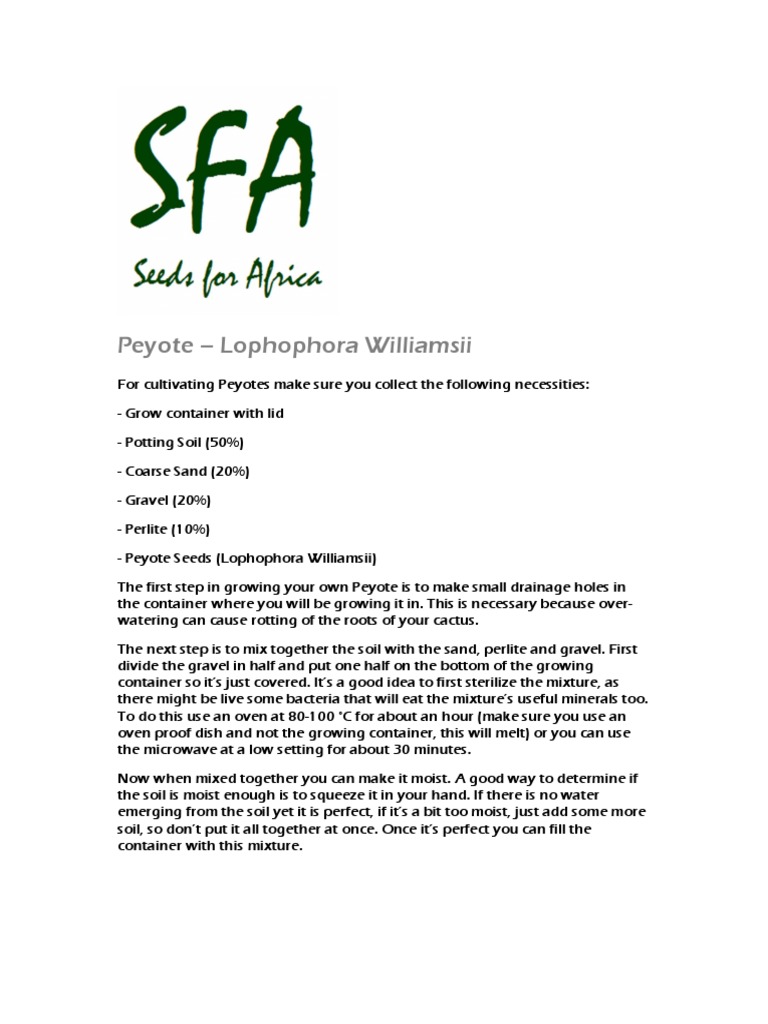Peyote, a small, spineless cactus scientifically known as Lophophora williamsii, has a rich history of use among indigenous peoples of North America, particularly within various tribal cultures. This sacred plant is famous for its psychoactive properties, primarily due to its active compound, mescaline. It has been a vital component of spiritual practices, offering its users profound experiences linked to self-discovery, healing, and communion with the divine. Yet, with the increasing interest in peyote, many people are left wondering: “Where do you get peyote?” The answer involves navigating complex legal landscapes and ethical considerations.
Obtaining peyote requires a careful approach, given its unique status in the United States and beyond. Throughout this discussion, we will cover the sources of peyote, the legal ramifications of its procurement, and the ethical issues surrounding its use, particularly in relation to indigenous traditions.
Understanding the Natural Habitat
Peyote is endemic to the arid regions of northern Mexico and the southwestern United States, particularly Texas. This cactus traditionally thrives on limestone-rich soils, where it can grow in clusters, often hidden beneath the cover of other vegetation. Foraging for peyote in the wild is an option but is fraught with complications. Not only is it crucial to correctly identify the species—given that several cacti can appear similar—but also to understand the importance of conservation and respect for the natural environment.
Wild harvesting of peyote has led to significant declines in populations, raising concerns about sustainability and ecological impact. Thus, this practice may be legally and ethically problematic. Yet, for those keen on exploration, a better understanding of cultivated sources presents a viable alternative.
Cultivated Peyote: A Responsible Option
There exists a burgeoning community of cactus enthusiasts and growers who cultivate peyote for personal use and research purposes. Cultivated peyote can be obtained through specialized horticultural suppliers or online vendors that focus on rare and exotic plants. However, it is critical to confirm that such vendors practice ethical growing methods, devoid of any wild harvesting. Engaging with local gardening societies or forums can also yield valuable contacts and recommendations for reputable sources.
Legal Implications: Navigating the Laws
The legal landscape surrounding peyote is complex and varies from country to country, and even state to state in the U.S. In the United States, the possession and use of peyote are largely restricted under the Controlled Substances Act, classifying it as a Schedule I drug. This designation indicates that peyote is deemed to have a high potential for abuse and limited medical use. However, there is an exception for recognized Native American tribes, which are permitted to use peyote for religious ceremonies under the American Indian Religious Freedom Act (AIRFA).
For non-natives, acquiring peyote legally can be an arduous journey, typically centered around obtaining permission from a tribal entity or navigating stringent legal channels. Individuals interested in exploring peyote may consider contacting local tribes to learn more about meaningful and respectful engagement with the cactus in conjunction with their religious ceremonies.
Internationally, the laws surrounding peyote can be even murkier. Countries such as Canada and Mexico have different stances on its use and possession, with certain regions allowing limited and regulated access. It is imperative to conduct thorough research before attempting to procure peyote outside the United States, as legal repercussions can be significant.
Ethical Considerations: Respecting Native Cultures
Beyond legality, ethical considerations play a crucial role in the discourse surrounding peyote. The sacred use of peyote within Native American cultures should be approached with deep respect and understanding. This plant is not merely a tool for recreation; it is valued for its spiritual significance and communal rituals. Misusing peyote, or appropriating it without engaging with the cultural context, can lead to cultural insensitivity and spiritual disenfranchisement.
As interest in psychedelics grows, particularly among non-native populations, it is essential to engage in conversations about decolonization practices. Understanding who holds the historical and cultural rights to peyote involves recognizing the broader narratives of indigenous sovereignty and land rights. Participation in awareness campaigns or supporting educational initiatives aimed at preserving indigenous practices are meaningful ways to approach this issue responsibly.
The Path Forward: Seeking Knowledge and Respect
For those curious about peyote, the journey begins with researching its cultural significance, legal standing, and ethical considerations. Understanding the implications tied to its use—and the perspectives of the indigenous communities who have traditionally utilized it—fosters a foundation of respect. Engaging with established networks can provide guidance on accessing peyote in a manner that honors its legacy.
As you explore the multifaceted nature of peyote, remain committed to learning and respecting its cultural context. Whether this journey leads you to participate in proper ceremonial practices or encourages deeper interaction with the natural world, the most important aspect is to approach with patience, awareness, and a profound appreciation for the complexities woven into the landscape of peyote. Balancing your quest for knowledge with an acknowledgment of historical narratives and ethical responsibilities forms a holistic understanding of this extraordinary cactus.





Leave a Comment